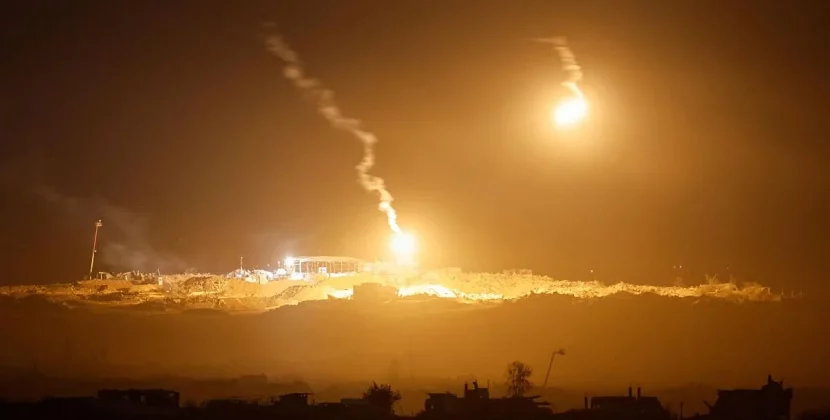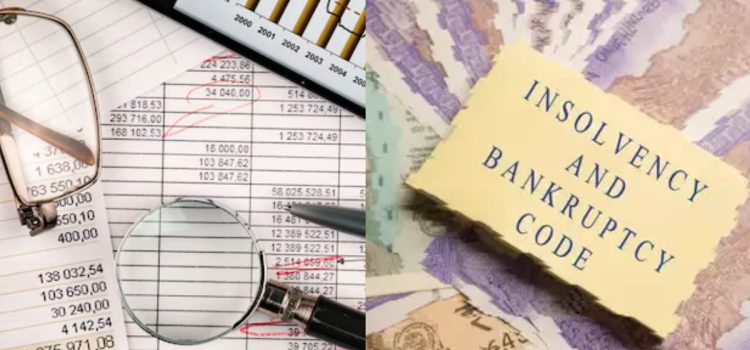
The tabling of the Bill to amend the Insolvency and Bankruptcy Code (IBC) in the upcoming monsoon session of Parliament now looks uncertain, given that “there has been no consultations with stakeholders till date on the draft Bill,” according to an official source. The ministry of corporate affairs has not yet prepared the final Bill, the source added.
Sources had earlier indicated that the Bill would be pushed for consideration and passage in the monsoon session.
The key aspect of the amendments includes changes in the crucial section 31(4) of the IBC that mandates the approval of the Competition Commission of India (CCI) before the committee of creditors approves a resolution plan involving “combinations”. This amendment follows a Supreme Court ruling in January 2025 that rejected AGI Greenpac Ltd’s bid to acquire the insolvent Hindustan National Glass (HNG) owing to its failure to secure a prior approval from the CCI.
The long-pending amendments also plan to introduce three new provisions such as group insolvency that will allow joint insolvency resolution of multiple entities of a single corporate group and cross-border insolvency that will provide a structured mechanism in dealing with bankruptcy cases across countries. Creditor-led resolution process (CLRP) that will allow creditor-driven, out-of-court settlements. Some other likely changes to the IBC include modification in the 14-day timeline for admission of applications and equitable treatment for operational creditors with financial creditors.
Experts said that these amendments are aimed at bringing clarity to the existing provisions, introduce new regulations to deal with the practical challenges, and to speed up the resolution process.
The effectiveness of IBC in speedy resolution of the bankruptcy cases is frequently challenged. For instance, the average time for approval of resolution plans increased to 850 days in FY25 from 611 days in FY23. In a recent report, ratings agency ICRA said that the prolonged period for resolution of cases has been a key factor in the muted recovery seen under the IBC as the delays erode the value of the assets. “While there has been some improvement in recovery in FY25, the haircuts faced by lenders continue to be high at 67% on an overall basis,” the report said.
Though some timely interventions by the government have helped in improving the IBC’s track record. According to the RBI report on Trend and Progress of Banking in India (December 2024), the IBC has emerged as the dominant recovery route, accounting for 48% of all recoveries made by banks, followed by the SARFAESI Act (32%), Debt Recovery Tribunals (17%), and Lok Adalats (3%) in FY24. So far, the government has made six amendments to the IBC in addition to a host of other changes in the regulations, since the enactment of IBC in 2016.











